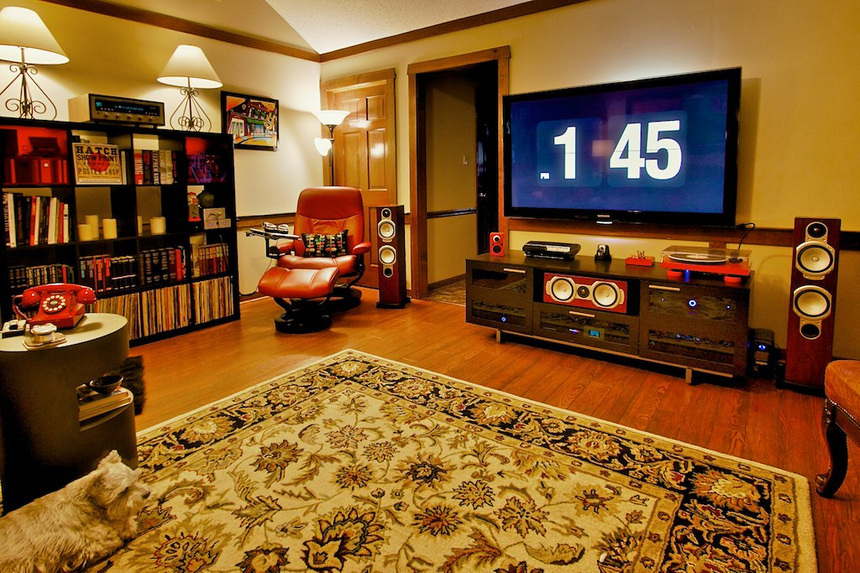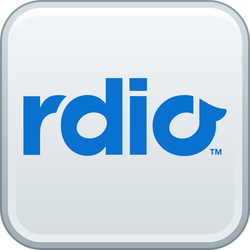
To test the two services, I downloaded several songs to both iOS apps via my iPhone 6 plus and iPad Air 2. Then I listened directly on my most critical, accurate headphones (Shure SRH940s) via the lightning port output with a Dragonfly DAC and I also streamed directly to a Denon 4311CI receiver and Monitor Audio RS6 speakers using Airplay.
The first thing I noticed is that not all songs light up the "HIFI" icon in the Tidal app. This may mean that I am not receiving a lossless signal, but I am not sure. It does make me wonder how many albums don't meet their standard of "HIFI" and when you are paying double the rate of a similar service for this one feature, it makes you wonder how much money you are throwing away.
When Tidal did put out a "HIFI" signal, I heard a difference in sound versus Rdio. Since this wasn't a blind test, I admit that it could be placebo, but the Tidal albums with "HIFI" lit up sounded cleaner, with a lower noise floor, than the Rdio tracks of the same songs to my ears. It is funny, because this should technically mean that the audio was better via Tidal, but it can also make certain tracks sound sterile in comparison to Rdio. A friend heard the two sources back to back and thought that Rdio sounded better because it was "livelier". This seems to get back to the Steve Hoffman (mixer extraordinaire) assertion that audiophiles don't really like NEUTRAL.
That being said, my preference would still be for the most accurate sound quality and I believe Tidal fits that need better than Rdio. For me, the ability to stream lossless audio via a music service still blows my mind and I would be happy to pay double to get the best quality music if there weren't so many other trade offs.
I mentioned many of the trade offs in a prior post, but there is one that is a real deal breaker:
The inability to control the bit rates for cellular and wifi separately. I emailed Tidal with this concern, but I am pretty sure that nothing will be implemented before my trial is over. When you decide to go lossless, you are going from 320k to something closer to 1411k. That is a lot more data being streamed over cellular if you forget to manually switch (which was how Tidal's customer service said I should deal with the issue) to a lower bit rate. Also, I have been at work and for some reason I will get dropped off of wifi. I would hate to be listening over my headphones for several hours and then discover that I was on LTE the whole time.
There are many other advantages to Rdio... better curation, personalized radio, better artist radio implementation, remotely controlling the Desktop app from iOS, autoplay, etc.. It is just a much more refined service at the moment.
I would probably give up a couple of features to get lossless, but for me, there are just too many compromises and I am going to stick with Rdio for now. If I only listened at home, my decision would probably be different, but the additional features of Rdio are just a lot more useful for the way I listen to music and the difference in quality is "not night and day" on my systems. If Tidal had the independent controls for cellular and wifi, my choice would have been more difficult. As a result, if Tidal is still around this time next year, I will try the service again.

 RSS Feed
RSS Feed